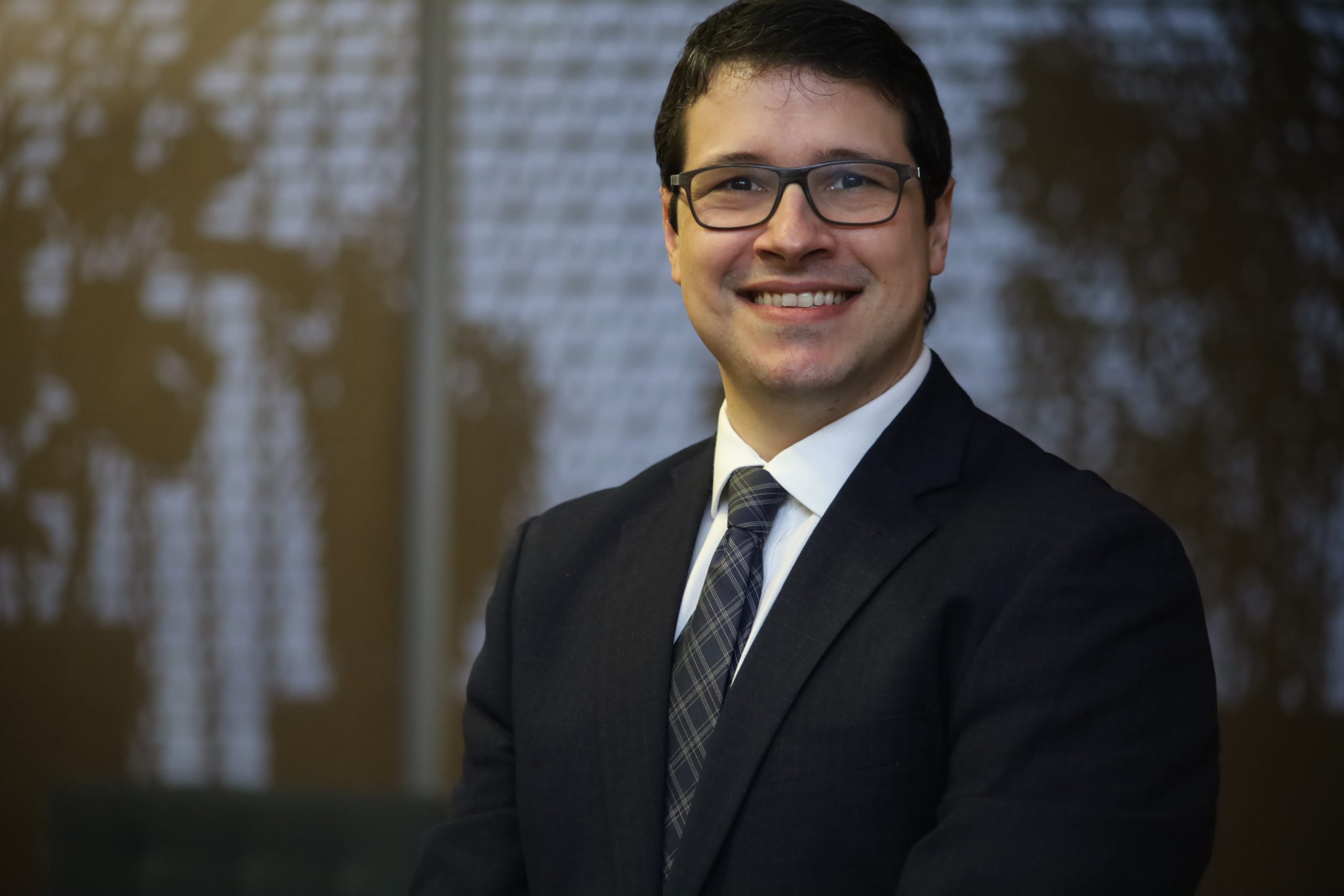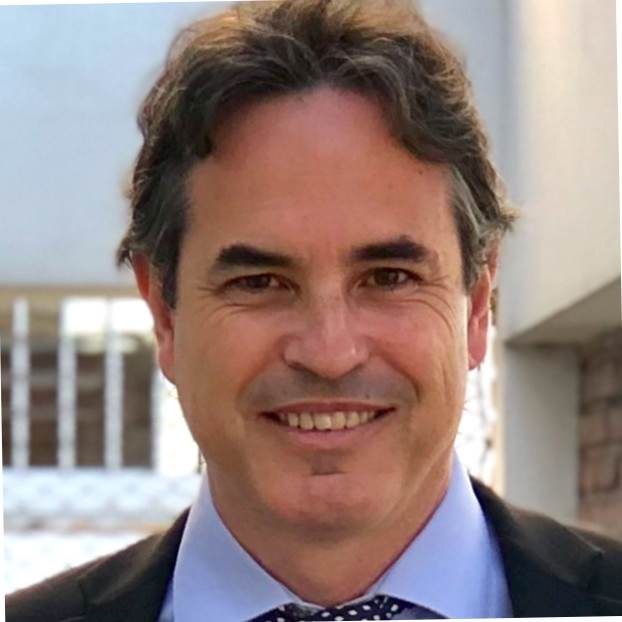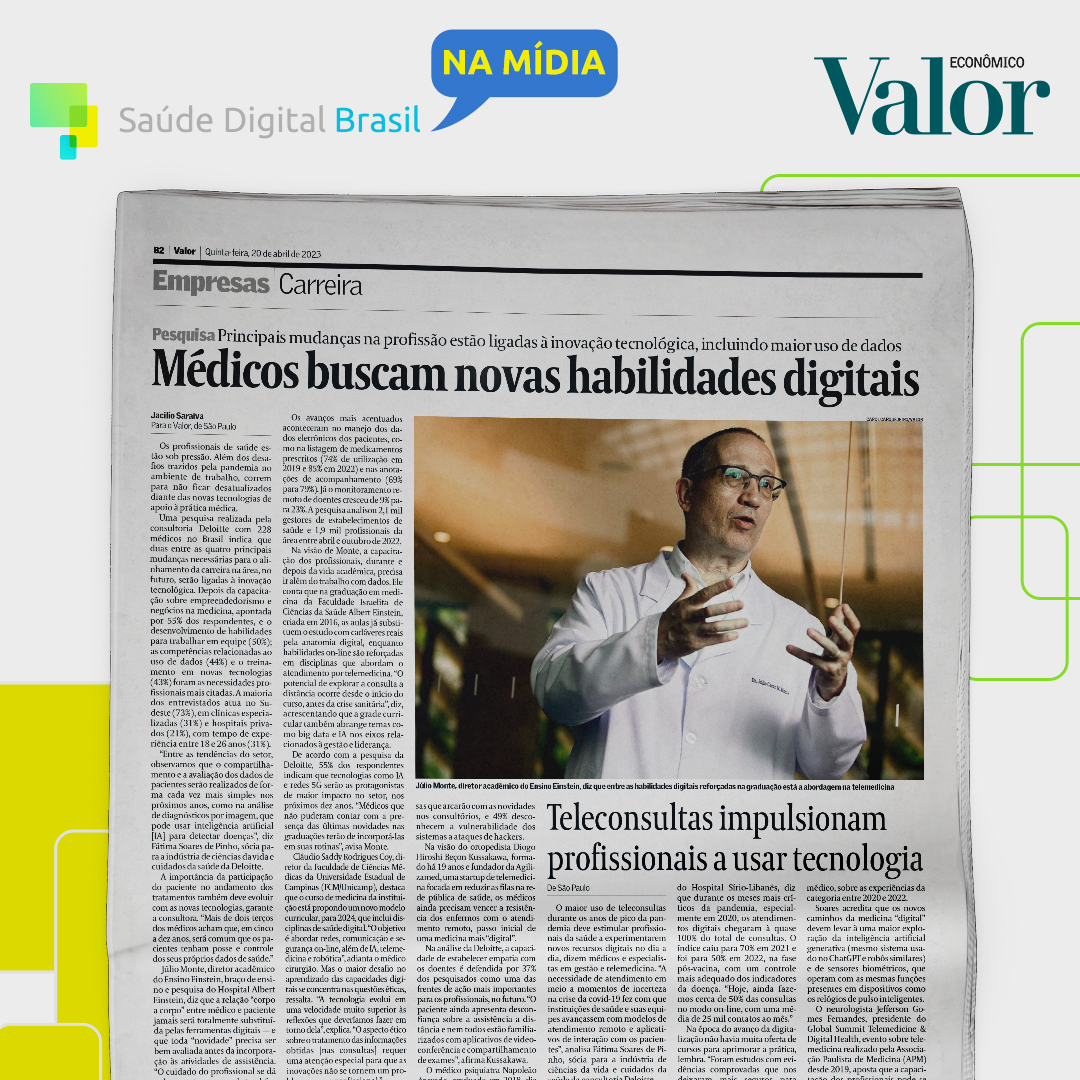Carlos Henrique Pedrotti, medical manager of the Telemedicine Center at Hospital Israelita Albert Einstein and vice president of Saúde Digital Brasil, talks about the role and relevance of the entity to the sector and society
In an interview with Saúde Digital Brasil (SDB), Carlos Pedrotti, medical manager of the Telemedicine Center at Hospital Israelita Albert Einstein, contextualized the importance of the entity in the current stage of telemedicine practices in Brazil. Hospital Israelita is one of the founders of SDB and, since the beginning, has been engaged in discussions conducted by the association.
According to Pedrotti, the association played a very important role in regulating telemedicine on a permanent basis in the country, engaging in dialogue with various spheres and fighting for improvements, not only for its members, but also for Brazilian society as a whole. The dedication to conducting an unprecedented initiative in Brazil, bringing together specialists from various fields to create the Manual of Good Practices for Telemedicine and Telehealth was another highlight.
Check out the full interview below.
Saúde Digital Brasil (SDB): How do you see the entity and its representation?
Carlos Pedrotti (CP): Saúde Digital Brasil was born at a very important time for telemedicine, when it experienced a major leap forward, brought about by the COVID-19 pandemic. We were living in a time of regulatory instability, so it was necessary to join forces between the main telemedicine providers in the country to jointly work to improve this environment. The main objective of the union was to guarantee the economic stability of contracts and, mainly, quality care for patients who needed remote care, avoiding any legal retaliation due to the regulatory instability of the subject.
SDB: What is the role of Saúde Digital Brasil in regulating the practice of telemedicine?
CP: When Saúde Digital Brasil was created, there was a general fear among the population and regulatory agencies that the practice of medicine would be trivialized and that it would pose a risk to patients. Given this scenario, the entity worked with the Legislative Branch, the Ministry of Health, and other entities in the segment to help draft legislation that would mitigate these risks. Today, we have a more consolidated scenario, including a resolution published by the CFM, which has brought greater security to the practice. Furthermore, one of the entity's purposes is to act directly in the creation of a regulatory framework that preserves the autonomy of doctors and guarantees the patient's right to choose.
Saúde Digital Brasil was also created with the aim of ensuring the application of good practices and ethical principles, in all their magnitude, to telemedicine and telehealth. For this reason, one of the association's first major deliveries was the publication of the Telemedicine and Telehealth Good Practices Manual. The union of great experts in the field demonstrated, through the manual's content, that it is possible to practice medicine in an ethical, decisive and highly humane manner, even when services are provided remotely. The manual standardized practices, guaranteeing high international standards and ensuring both patient safety and the best possible quality of medical practice.
SDB: What motivated Hospital Israelita Albert Einstein to engage in the purposes of Digital Health Brazil?
CP: Today, the term “telemedicine” represents more this contact between the doctor and the patient. But, in reality, telemedicine has been done for decades, including by telephone, for telediagnosis and contact between doctors. Einstein’s telemedicine was created in 2012 with a purpose more linked to doctor-to-doctor contact, that is, a specialist supporting a general practitioner in remote parts of Brazil. However, since 2016, we have had pilot projects for direct patient care, also known as teleconsultation, which today accounts for more than half of our services. And within Einstein’s institutional mission of disseminating knowledge and social responsibility, in order to define improvements in ethical standards, responsibilities and best practices for telemedicine, it would be necessary to join forces with other providers and think of joint solutions to improve the quality of care and expand regulatory fronts. Therefore, we decided to engage in bringing together providers, service providers and technology developers from the digital health sector to create this entity, which is now established in the sector and has a representation that is only set to grow.
SDB: How does SDB help solve challenges in the healthcare sector?
CP: Many people think that telemedicine is something exclusive to the private sector, but this is a mistake. It is currently widely practiced in the public sector as well, with direct initiatives from city governments, states, the Ministry of Health, and also through public-private partnerships. Of course, different practices and technologies are used. However, it is worth noting that today telemedicine depends more on adjustments to care processes than on high technology, since technological requirements are cheaper and increasingly universally present, even in remote areas of the country. Doctors and professionals from other health areas, such as psychology, nursing, physiotherapy, occupational therapy, speech therapy, and even veterinary medicine, are able to provide safe care using few resources. Thus, the provision of remote health services using information and communication technologies can achieve goals that ensure sustainable innovation. These include improving the health of the population by facilitating access; reducing costs by reducing travel and making better use of resources; improving the patient experience by reducing waiting lists; and improving the experience of healthcare professionals, who can provide care to their patients in a hybrid manner, helping to reduce the wear and tear and fatigue that are so common in the healthcare sector. By achieving these goals, telehealth, especially when applied to the public system, becomes essential to achieving the fifth and most important goal: equity in access to healthcare for the entire population.





